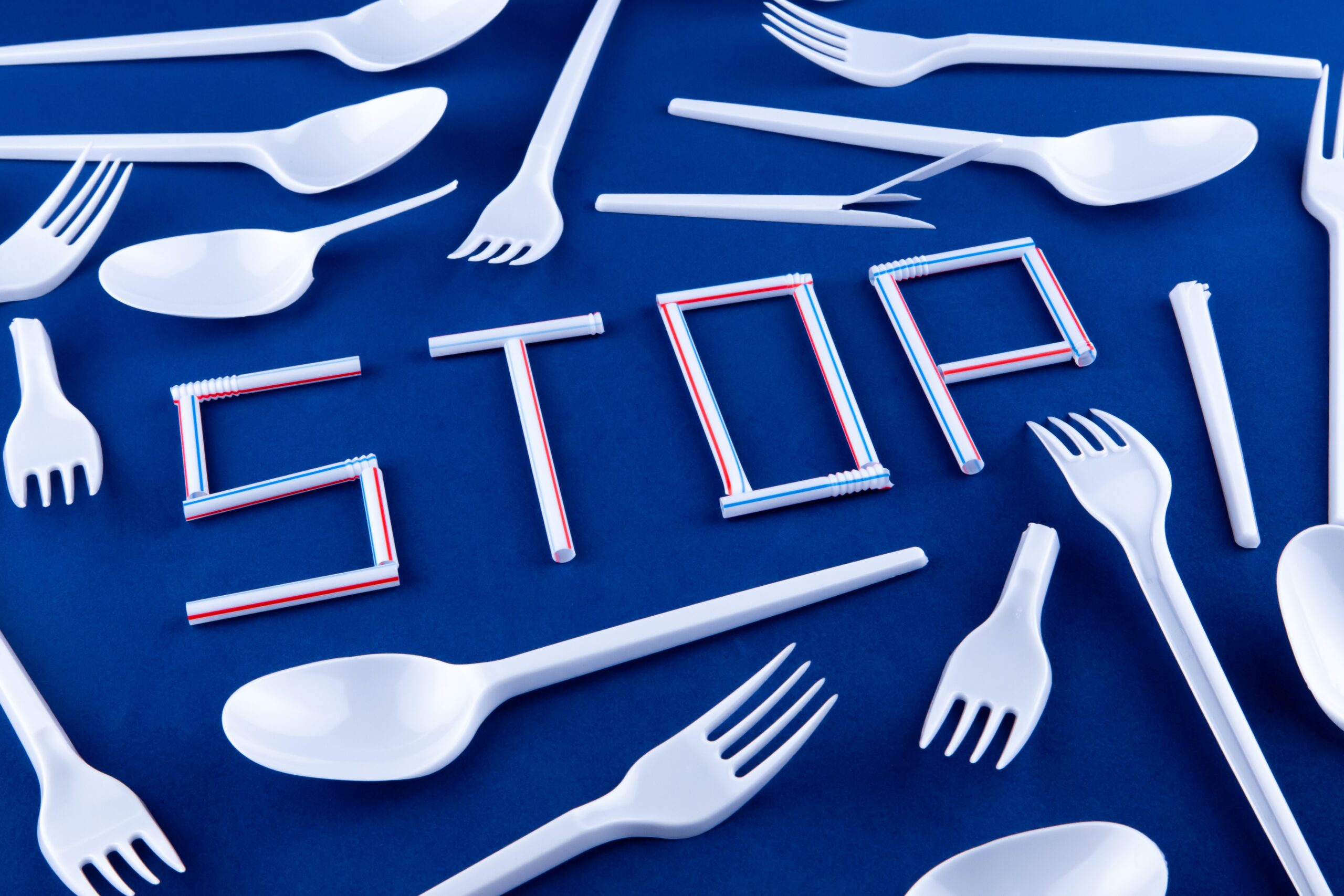
Plastic waste has emerged as one of the most significant environmental challenges of our time. The non-biodegradable nature of plastic means that it may take hundreds of years to decompose, resulting in long-term harm to ecosystems. Moreover, plastic waste often ends up in our oceans, where it leads to marine pollution and poses a grave threat to marine life. The ingestion of plastic by marine animals can cause suffocation, starvation, and entanglement, leading to a decline in biodiversity and ecosystem imbalance. Additionally, plastic waste releases harmful chemicals into the environment, further exacerbating the risk to both wildlife and human health. The scale of plastic waste is immense, and urgent action is needed to address the detrimental impact it is having on our planet.
Exploring Sustainable Materials as Plastic Alternatives
Plastic waste has become a major environmental concern, with its detrimental effects on ecosystems, marine life, and human health. In response, researchers and innovators are exploring sustainable materials as alternatives to plastic. These materials offer the potential to reduce the negative impact on the environment, while still serving the needs of modern society.
One promising solution is plant-based materials, which are derived from renewable sources such as corn, sugarcane, and bamboo. These materials possess qualities that make them suitable for various applications, including packaging. Plant-based alternatives to plastic can be biodegradable, compostable, and even carbon-neutral, making them an attractive option for those seeking to reduce plastic waste. Additionally, these materials often require less energy to produce compared to traditional plastics, further reducing their environmental footprint.
Innovative packaging solutions are also being explored, with a particular focus on paper and cardboard. These materials are widely available, biodegradable, and can be easily recycled. In recent years, advancements in technology have facilitated the development of paper-based packaging options that are both durable and water-resistant. This makes them viable alternatives to single-use plastics, especially for applications such as food packaging where durability and protection are crucial.
Overall, exploring sustainable materials as alternatives to plastic holds great potential for addressing the environmental challenges posed by plastic waste. By investing in research and development, and supporting the adoption of these materials, we can reduce our reliance on plastic and contribute to a more sustainable future.
Plant-based Materials: A Promising Solution to Plastic Pollution
Plant-based materials have emerged as a promising solution to combat plastic pollution. These materials are derived from renewable resources such as plants, making them a sustainable alternative to traditional plastics. With their biodegradable and compostable properties, plant-based materials offer a way to reduce the environmental impact of plastic waste.
One key advantage of plant-based materials is their ability to break down naturally, reducing the presence of microplastics in the environment. Unlike plastic, which can take hundreds of years to decompose, plant-based materials can degrade within a matter of months or years. This means that when these materials end up in landfills or natural environments, they do not contribute to the long-lasting pollution associated with traditional plastics. Additionally, their biodegradability ensures that they do not accumulate in our oceans, where they pose a significant threat to marine life. Plant-based materials are indeed presenting a promising pathway towards a more sustainable and plastic-free future.
Innovative Packaging Solutions: Paper and Cardboard
Paper and cardboard are widely regarded as one of the most promising alternatives to plastic packaging. These materials have been used for centuries and are known for their versatility and eco-friendliness. Paper and cardboard packaging are made from renewable resources such as trees, and they can be easily recycled or composted after use. Additionally, they have a lower carbon footprint compared to plastic, as their production process emits fewer greenhouse gases. Therefore, switching to paper and cardboard packaging can significantly reduce the environmental impact of packaging waste.
Innovative advancements in the design and manufacturing of paper and cardboard packaging have further enhanced their functionality and appeal. For instance, researchers have developed techniques to make paper and cardboard resistant to water and grease, making them suitable for a wide range of products, including food items. Moreover, companies are experimenting with various folding and interlocking techniques to create unique and visually appealing packaging designs. These innovations not only make paper and cardboard packaging more functional but also meet the growing consumer demand for sustainable packaging options.
Natural Fiber Alternatives: Harnessing the Power of Nature
Natural fiber alternatives are emerging as a promising solution to the pollution caused by plastic waste. These materials, derived from renewable resources such as jute, hemp, bamboo, and cotton, offer a more eco-friendly and sustainable option for packaging and other applications. Harnessing the power of nature, these natural fibers not only provide strength and durability but also biodegrade more easily compared to traditional plastic materials. With their low environmental impact, natural fiber alternatives are gaining attention and becoming widely recognized as a key component in the efforts to reduce plastic waste and preserve our planet for future generations.
The versatility of natural fiber alternatives is astounding, as they can be used in a variety of industries including packaging, construction, textiles, and automotive. In the packaging sector, for instance, these fibers can be transformed into sturdy and resilient materials that can replace single-use plastics. Not only do these alternatives possess excellent structural properties for packaging items of various shapes and sizes, but they also offer a natural aesthetic appeal, highlighting the connection between nature and sustainability. Moreover, by utilizing natural fiber alternatives, companies can showcase their commitment to environmental stewardship, appealing to the growing number of conscious consumers who prioritize sustainable and eco-friendly products.
Edible Packaging: A Tasty Twist on Reducing Plastic Waste
Edible packaging is a creative solution to the growing problem of plastic waste. By using food-based materials, this innovative approach offers a delicious twist on sustainable packaging. One example of edible packaging is the use of seaweed as a biofilm to wrap items like snacks or candies. With its natural flexibility and biodegradable properties, seaweed provides an eco-friendly alternative that can be enjoyed as part of the packaging experience. Furthermore, edible packaging not only reduces the need for plastic, but it also eliminates the issue of disposal as consumers can simply consume or compost the packaging once they are done. This shows great promise in reducing plastic waste and promoting a more sustainable future.
However, there are challenges to implementing edible packaging on a larger scale. The question of food safety and shelf life arises, as the packaging should not compromise the quality or freshness of the product it contains. Additionally, there might be concerns about the texture or taste of the packaging material itself, as it could impact the overall consumer experience. Balancing these factors while still ensuring the environmental benefits of edible packaging will be crucial for its successful adoption in the market. Despite these challenges, it is clear that edible packaging has the potential to revolutionize the way we package and consume products, creating a more sustainable and appetizing future.
Bioplastics: The Future of Sustainable Packaging
In recent years, there has been a growing interest in bioplastics as a potential solution to the problem of plastic waste. Bioplastics are derived from renewable sources such as plants, and unlike traditional plastics, they have the ability to biodegrade over time. This makes them a promising technology for the future of sustainable packaging.
One of the main advantages of bioplastics is their reduced environmental impact. Unlike conventional plastics that are derived from fossil fuels, bioplastics are made from renewable resources, such as corn or sugarcane. This means that the production of bioplastics consumes less energy and produces fewer greenhouse gas emissions. Additionally, bioplastics have the potential to biodegrade in a composting environment, reducing the amount of plastic waste that ends up in landfills or oceans. With ongoing advancements in research and technology, bioplastics hold great promise in creating a more sustainable and environmentally-friendly packaging industry.
Compostable Packaging: Closing the Loop on Plastic Disposal
Compostable packaging offers a promising solution to the problem of plastic disposal. These materials are designed to break down into natural elements, such as carbon dioxide and water, through the process of composting. Unlike traditional plastics, compostable packaging does not contribute to the growing problem of plastic waste in landfills and oceans.
One key advantage of compostable packaging is its ability to close the loop on plastic disposal. When these materials are composted, they can be transformed into nutrient-rich soil, which can then be used to grow new crops or plants. This creates a circular system where packaging waste is transformed into a valuable resource, reducing the need for virgin materials and promoting a more sustainable approach to packaging. As consumers become more aware of the environmental impact of plastic waste, supporting the use of compostable packaging can play a significant role in minimizing our reliance on traditional plastics and moving towards a more environmentally friendly future.
The Role of Technology in Advancing Biodegradable Alternatives
Advancements in technology are playing a critical role in the development and improvement of biodegradable alternatives to plastic. Scientists and researchers are harnessing the power of technology to create innovative solutions that are both sustainable and practical. Through extensive research and experimentation, new materials are being engineered with unique properties that mimic the benefits and functionality of plastic while being environmentally friendly.
One area where technology is making significant strides is in the production of biodegradable packaging materials. Traditional plastics often take hundreds of years to break down, causing significant harm to the environment. However, advancements in technology have allowed for the creation of biodegradable packaging that can break down naturally within a matter of months or even weeks. These innovative materials, often derived from renewable resources such as cornstarch or plant fibers, provide a promising solution to reducing plastic waste and minimizing the impact on the environment.
Consumer Choices and the Importance of Supporting Sustainable Packaging
Consumer choices play a vital role in shaping the demand for sustainable packaging. As awareness about plastic pollution and its impact on the environment grows, more consumers are seeking out alternatives that are eco-friendly and reduce waste. By consciously opting for sustainable packaging options, consumers are directly contributing to the reduction of plastic waste and supporting the development of innovative and environmentally responsible solutions.
Supporting sustainable packaging goes beyond just making a personal choice. It can also have a significant impact on the larger market, influencing companies to shift towards more sustainable practices. When consumers consistently choose sustainable packaging options, it sends a powerful message to businesses that there is a demand for eco-friendly alternatives. This, in turn, encourages companies to invest in sustainable materials, packaging designs, and manufacturing processes. Ultimately, consumer choices have the potential to drive substantial change in the packaging industry and contribute to a more sustainable future.

